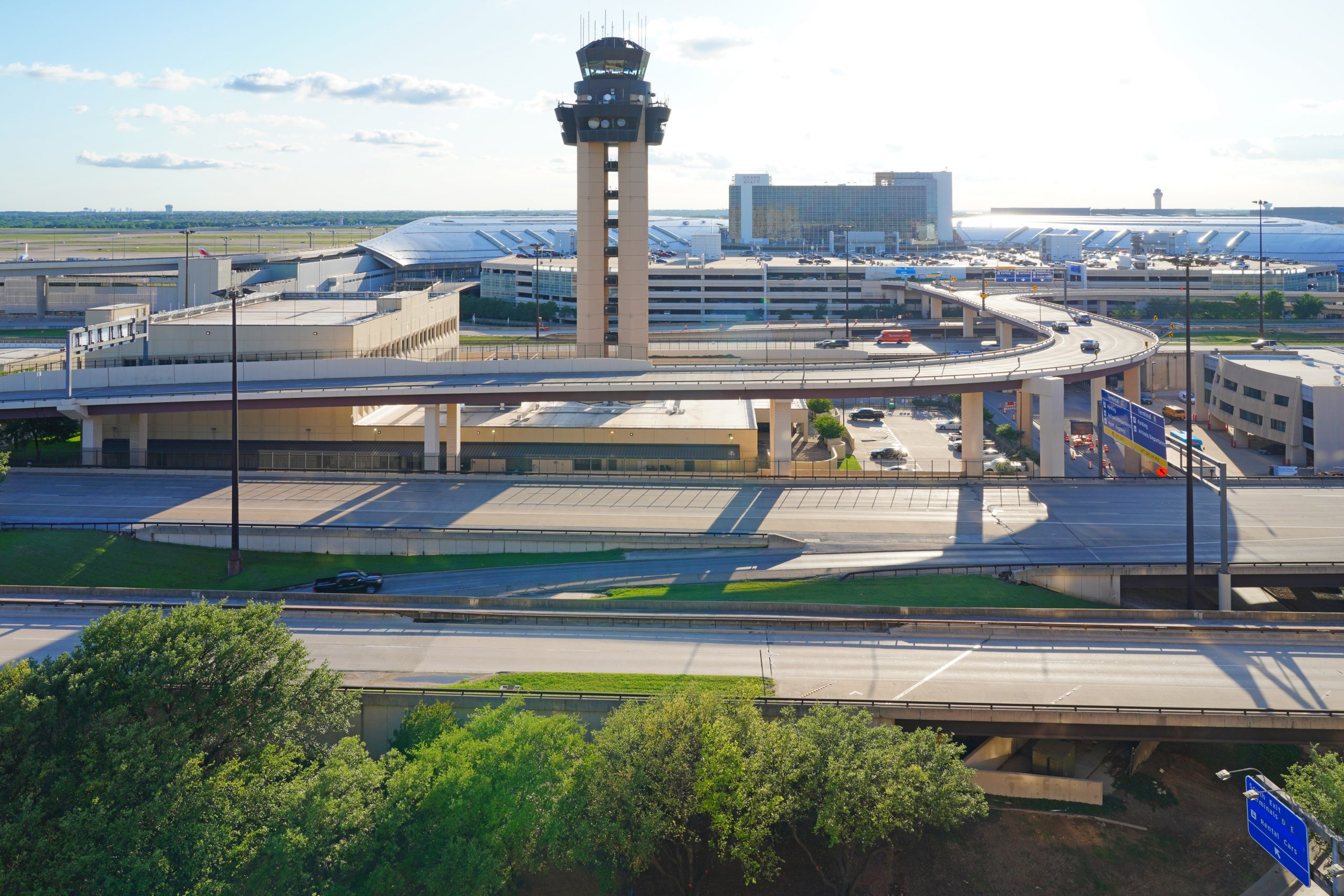Dallas/Fort Worth International was the second busiest airport globally in 2021. According to figures released on Monday by Airports Council International (ACI), DFW trailed only Hartsfield-Jackson Atlanta International Airport.
DFW accommodated 62 million passengers in 2021, far below the pre-COVID number of 75 million who passed through the airport in 2019, which set the record for most passengers in the airport’s history. Still, DFW’s passenger count increased by 59% from 2020 and was supported by many domestic travelers. DFW jumped from tenth place in 2019 to second this year, one of the most significant rankings increases.
In 2020, most of the top ten most traveled airports were in China, as they were one of the first countries to reopen for domestic air travel.
DFW surpassed airports like Chicago O’Hare and Los Angeles International, which rely more heavily on international passengers. The pandemic hurt both major airports’ rankings as it led to an overall reduction in international travel.
Denver International Airport ranked third at 58.8 million passengers, with O’Hare and LAX finishing fourth and fifth.
One of the principal reasons behind the increase in DFW travelers has been a strategy to rely more heavily on American Airlines, which recently became the most-traveled passenger airline globally and whose headquarters is located in the Dallas-Fort Worth area. Of the 62 million passengers who traveled through DFW last year, seven out of eight traveled on American Airlines.
The other major factors behind the increase include an explosion of international travelers headed to tourist destinations in Mexico, like Cancun. However, travel outside of the U.S. is still down overall. There were 6.1 million international passengers traveling from, to, and through DFW in 2021, compared with 9.6 million in 2019.
The airport serves 260 destinations, with 193 of those inside the United States, making DFW one of the few airports worldwide, serving over 200 cities.
Over 4.5 billion passengers traveled worldwide, down 50% from 9 billion in 2019. Still, that is 25% higher than the amount traveled during the height of the COVID-19 pandemic and lockdowns in 2020.
Global aviation leaders are hoping for continued recovery after the COVID-19 pandemic decimated the airline travel industry. Recently, New Zealand and the United Kingdom have dropped airline travel restrictions.
“The ACI World passenger traffic rankings tell the story of an encouraging trend of recovery, with most of the recurrent busiest airports pre-COVID back at the top,” ACI World Director General Luis Felipe de Oliveira said. “Although we are cautious that recovery could face multiple headwinds, the momentum created by reopening plans by countries could lead to an uptick in travel in the second half of 2022.
“As such, ACI World continues to advocate to governments to follow the data and ease travel restrictions to safely restore the movement of people, goods, and services. This will provide travelers with more travel options and boost the overall recovery through aviation’s unique role in boosting trade, tourism, investment, and creating jobs.”
Internationally, the busiest airports were Dubai and Istanbul at 29 million and 26 million, respectively, which had less than half the traffic at Dallas-Fort Worth. Both destinations have direct flights from DFW, with Emirates Air serving Dubai and Turkish Airlines flying to Istanbul.
Dallas Love Field, which had served as the area’s primary airport before the opening of DFW in 1974, accommodated 13.5 million passengers in the past year, nearly double the figure of 7.4 million who boarded flights in 2020.
DFW has released passenger statistics through the first two months of 2022, and the numbers are already up more than 50% from last year, with about 9 million passengers in January and February. In 2019, there were approximately 10.6 million passengers in January and February.






